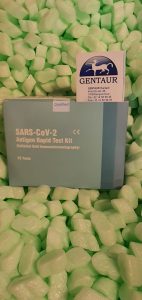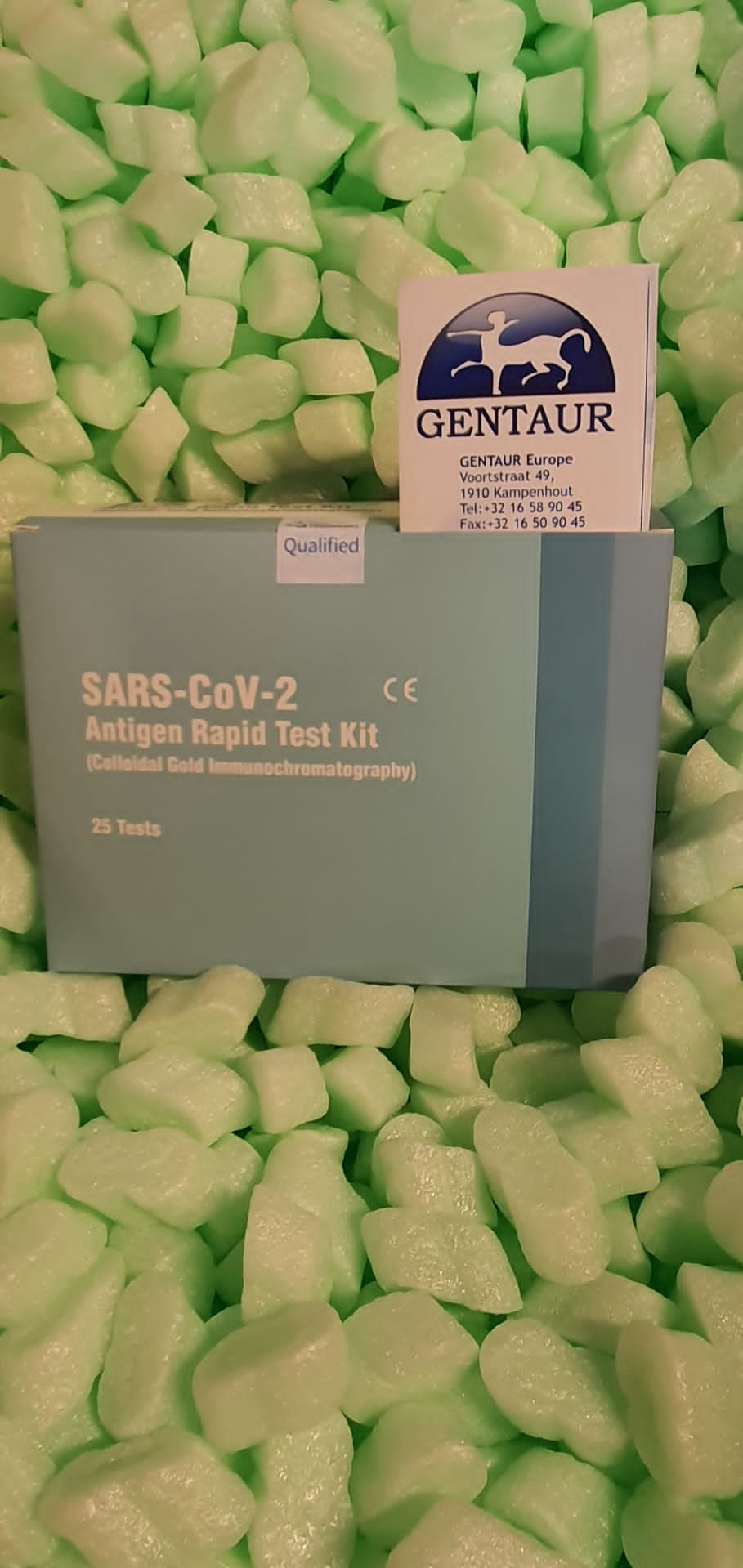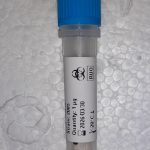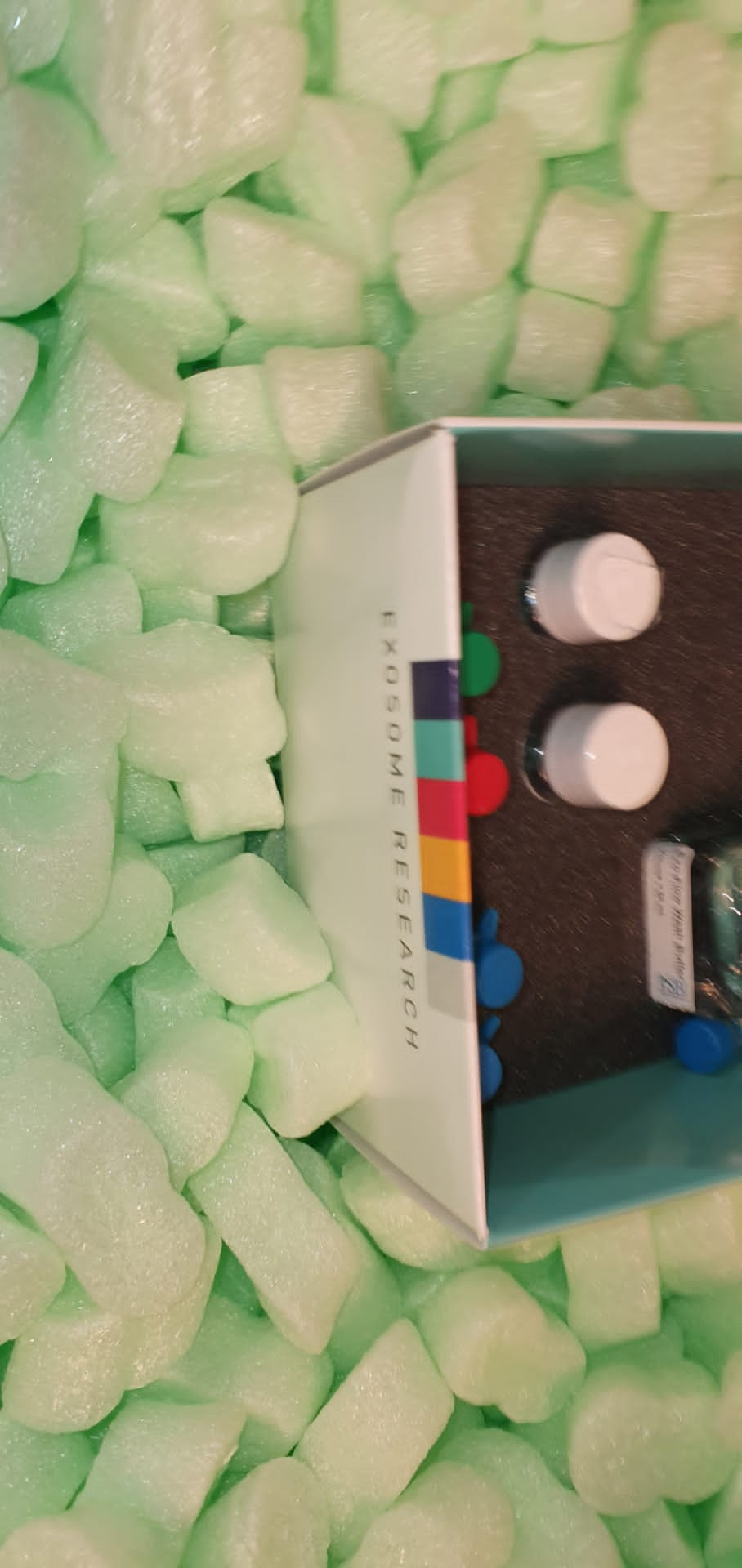We test the capacity of new generation sequencing, associated with computer analysis, identifying a range of organisms causing infectious keratitis.
This retrospective study evaluated 16 cases of infectious keratitis and four corners of control in fixed fabrics formulated in the pathology laboratory. Infectious cases were also analyzed at the microbiology laboratory using the culture, the reaction of the polymerase chain and direct coloring. The classified sequence readings were analyzed with two different metagenomic classification engines, Kraken and centrifuge, and visualized using the PAVIAN software tool.
Sequencing generated 20 to 46 million readings per sample. On average, 96% of the readings were classified as human, 0.3% corresponds to known vectors or contaminant sequences, 1.7% of the microbial sequences represented and 2.4% could not be classified. The two computer strategies have successfully identified fungal, bacterial and amoabal pathogens in most patients, including the four bacterial and mycobacterial cases, five of the six fungal cases, three of the three cases of acanthamoeba and one of the three cases. cases of herpetic keratitis. In many cases, additional potential pathogens have also been identified. In a case with kraken cytomegalovirus and centrifugal, the virus has been confirmed by direct tests, while two locations where Staphylococcus aureus or cytomegalovirus have been identified by the centrifuge but not Kraken could not be confirmed.
Confirmation was not attempted for three additional potential pathogens identified by Kraken and 11 identified by the centrifuge. On the other hand, the effectiveness of the preconcentration of the centrifuge decreased significantly and less than 40%, respectively. This shows that the electrocoa-enculator has outperformed the centrifuge when using eutrophic water samples. Finally, the compatibility of the electrocoagulator with the nanogen test has been verified via the successful detection of the MicroCystin Synthetase D (MCYD) gene in environmental samples.
“Intelligent” tube support allows for real-time sample monitoring in a standard laboratory centrifuge.
The centrifuge is one of the oldest and most widely used laboratory equipment with important applications including clinical diagnostics and biomedical research. A major limitation of laboratory centrifuges is their nature “black box”, limiting the observation of the samples at the front and after centrifugation. Thus, optimized protocols require a significant test and error, while non-optimized time losing time protocols in centrifugation longer than necessary or material due to incomplete sedimentation. Here we have developed a receptacle tube centrifugal instrumented compatible with several commercial swing centrifuges that can provide a sample analysis in real time during centrifugation. We have demonstrated the system by monitoring cell separations during centrifugation for different speeds of rotation, concentrations, buffers, cell types and temperatures.
We show that the data collected are valuable for analytical purposes (eg quality control), or as feedback to the user or instrument. For the latter, we checked an adaptation where complete sedimentation turned off the centrifuge and notified the user by a text message. Our system adds new features to existing laboratory centrifuges, save user time and provide useful comments. This add-on can potentially activate the new analytical applications of an instrument remained largely unchanged for decades. We have demonstrated the detection of cyanobacteria in eutrophic water samples using a portable electrocoagulator and a nanogen dosage. The electrocoagulator is designed for preconcentration cyanobacteria of water samples before analyzing via the nanogen test. Using Microcystis Aeruginosa’s culture and environment samples, the electrocoagulator has been evaluated and compared to a conventional centrifuge. The variation of the operating time of 0 to 300 S with different cell densities was first studied.

Carbamazepine, lamotrigine, levetiraacetaetam and valproic acid in dried blood stains with liquid mass spectrometry chromatography in tandem; development and validation of the method.
The monitoring of antiepileptic drugs in children with epilepsy requires several visits to a blood collection clinic. Dried blood sampling is an alternative collection solution, made at home by self-catering and can save time and costs for patients and family members. The objective was to develop and validate a Dried blood-ms / ms spin method for carbamazepine, lamotrigine, levetitraacetam and valproic with the requirements of the use of standard equipment and material in a framework. routine laboratory. Whatman-903 The filter paper has been used and discs have been perforated in a 96-well well plate with an automated perforator and barcode reading.
Extraction with methanol / water solution comprising internal standards on an orbital shaker was followed by a vacuum centrifugation and mobile phase reconstitution step. The bioanalytic validation was carried out in accordance with the guidelines of the European Agency for Drugs and Validation of additional dried blood points. The calibration curves of the four drugs included have values R2 ≥ 0.994. The relevant therapeutic concentrations were well in the measuring ranges. Within the accuracy of the race, an execution accuracy had% CV: S of 2.9-10.5%. Accuracy (% of bias) was between -16.5% (lower quantization limit) to + 7.4%. The blood stains in a volume range of 15 to 50 μl with hematocrit in expected ranges for this group of patients were within precision and precision limits.
To test the method, concentrations from dried venous and capillary capillary patients (N = 50) samples were compared with plasma concentrations. Good correlations for the four drugs with R2 of> 0.92 were shown. In summary, a fast method for dried blood stains based on a 96-well format has been developed for four commonly prescribed antipileptic drugs. This method validated with the traceability of the preparation of the samples by reading of barcode makes it suitable for the clinical laboratory.




